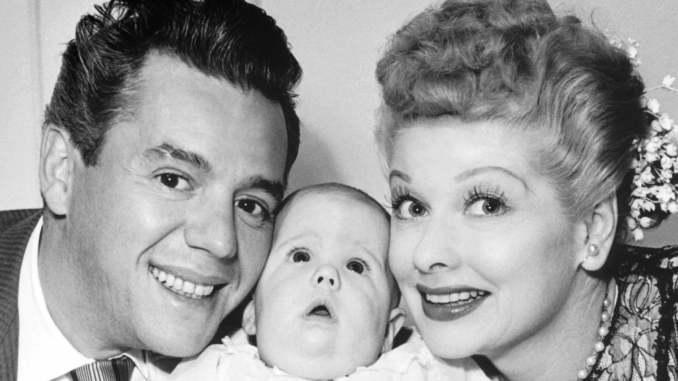
A nostalgic look at the sitcom that redefined American television
I Love Lucy isn’t just a sitcom — it’s a television milestone. Premiering in 1951, it revolutionized the way audiences consumed comedy, and to this day, it remains one of the most beloved and influential shows in TV history.
At its heart was Lucille Ball, playing the unforgettable Lucy Ricardo — a well-meaning but hilariously clumsy housewife with dreams of stardom. Alongside her real-life and on-screen husband Desi Arnaz (Ricky Ricardo), the two created one of the most iconic couples in television.
Comedy rooted in truth
What made I Love Lucy timeless wasn’t complex plots or flashy sets, but the relatable absurdity of everyday life. Whether Lucy was trying to break into showbiz, working a conveyor belt at a chocolate factory, or getting tangled in one of her white lies, her antics always struck a chord with audiences.
Behind the laughs was something real: a woman chasing dreams, making mistakes, and learning through love and laughter.
Breaking ground behind the scenes
The show pioneered the use of a live studio audience, a three-camera setup, and was the first sitcom to be filmed in front of a live crowd — all now industry standards. It was also groundbreaking in its portrayal of an interracial marriage during a time of rigid cultural norms.
Lucy and Ricky’s marriage — both on and off-screen — represented a quietly radical moment in American media.
Legacy lives on
More than 70 years later, I Love Lucy continues to make audiences laugh — not because it’s old, but because it still feels honest. Its humor is timeless, its influence immeasurable, and its heart undeniable. Lucy Ricardo didn’t just want to be in showbiz — she became a legend in her own right.
